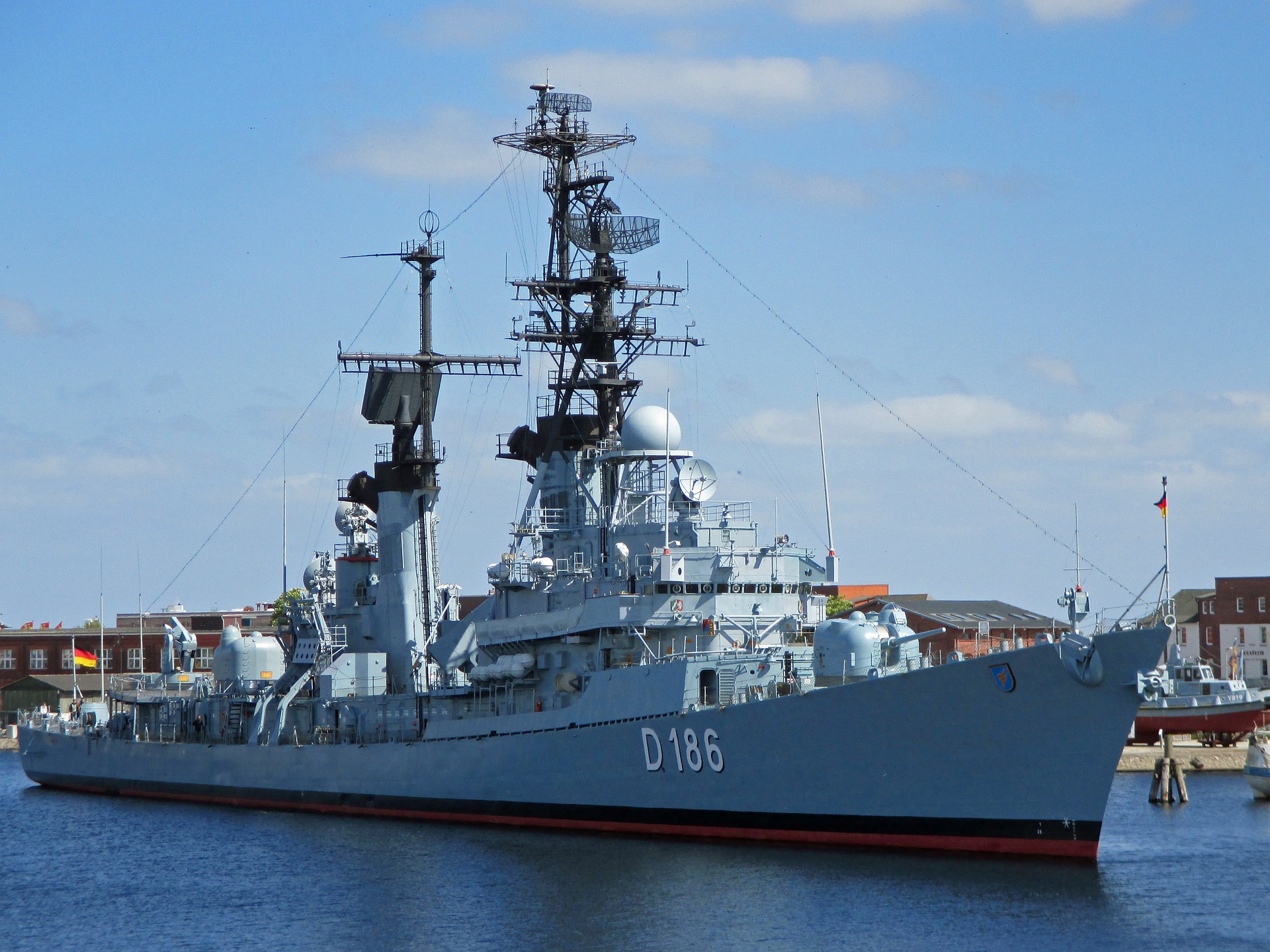Why did the US want Guam?

The island of Guam, a picturesque gem in the Western Pacific Ocean, has a complex history intertwined with its strategic significance. Over the centuries, Guam has been a coveted possession for various colonial powers, but it was the United States’ interest in the island that ultimately secured its place as a U.S. territory. In this blog, we will explore the compelling reasons behind why the United States sought Guam and how this island became an integral part of American history.
Strategic Location
One of the primary reasons the United States sought Guam was its strategic location in the Western Pacific. Guam’s proximity to Asia and its position in the Marianas archipelago made it an ideal location for a naval base. During the late 19th and early 20th centuries, as the U.S. expanded its naval presence in the Pacific, Guam’s strategic significance became increasingly apparent.
Coaling Station and Naval Base

At the turn of the 20th century, steam-powered ships were becoming the norm, and coaling stations were essential for refueling these vessels. Guam’s Apra Harbor offered a deep, sheltered anchorage and a suitable location for a coaling station and naval base. This strategic asset allowed the United States to extend its naval reach across the Pacific.
Spanish-American War
The Spanish-American War, which began in 1898, played a pivotal role in the acquisition of Guam by the United States. As part of the Treaty of Paris that ended the war, Guam, along with the Philippines, Puerto Rico, and Cuba, was ceded to the United States from Spain. This marked the beginning of American governance in Guam.
World War II and Japanese Occupation
Guam’s strategic importance became even more evident during World War II when Japanese forces invaded and occupied the island in 1941. The U.S. military’s efforts to reclaim Guam from Japanese control demonstrated the island’s value as a forward operating base and a strategic point for military operations in the Pacific theater.
Cold War Era
During the Cold War, Guam’s significance as a U.S. territory continued to grow. The island’s strategic location made it a critical outpost for American military operations and intelligence gathering in the Pacific. Guam was home to various military installations, including Andersen Air Force Base and Naval Base Guam, which played vital roles in U.S. defense strategy during this period.
Maintaining American Interests in the Pacific

Today, Guam remains a vital part of American interests in the Pacific region. Its military bases continue to serve as essential assets for the projection of U.S. power and influence in the Western Pacific. Additionally, Guam’s status as a U.S. territory ensures that American citizens living on the island have access to U.S. federal programs, protection under U.S. laws, and participation in the democratic process.
The United States’ interest in Guam can be traced back to its strategic location and the evolving needs of American military and economic interests in the Pacific. Over time, Guam has evolved from a coaling station to a key military and geopolitical asset for the United States. Today, the island’s historical and strategic significance continues to shape its relationship with the United States and its role on the world stage.